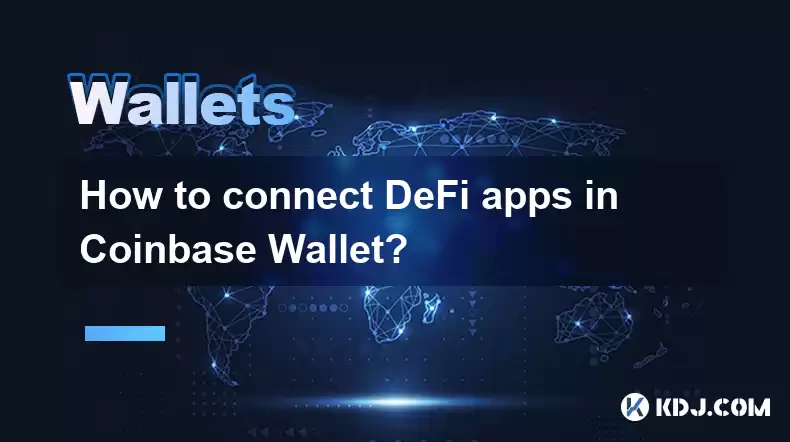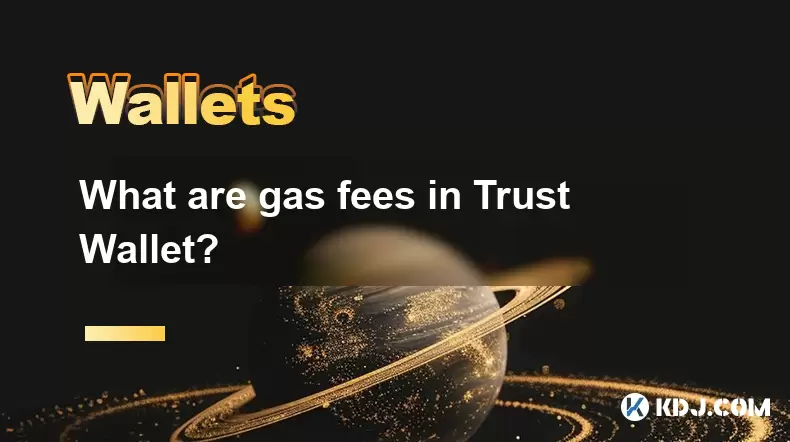-
 Bitcoin
Bitcoin $114400
1.32% -
 Ethereum
Ethereum $3499
2.20% -
 XRP
XRP $2.922
4.26% -
 Tether USDt
Tether USDt $0.0000
0.03% -
 BNB
BNB $752.6
1.53% -
 Solana
Solana $161.8
1.64% -
 USDC
USDC $0.9999
0.01% -
 TRON
TRON $0.3267
1.32% -
 Dogecoin
Dogecoin $0.1991
3.02% -
 Cardano
Cardano $0.7251
3.29% -
 Hyperliquid
Hyperliquid $38.32
3.36% -
 Stellar
Stellar $0.3972
7.58% -
 Sui
Sui $3.437
2.74% -
 Chainlink
Chainlink $16.29
3.65% -
 Bitcoin Cash
Bitcoin Cash $545.3
3.70% -
 Hedera
Hedera $0.2482
7.49% -
 Ethena USDe
Ethena USDe $1.001
0.03% -
 Avalanche
Avalanche $21.40
2.02% -
 Toncoin
Toncoin $3.579
1.56% -
 Litecoin
Litecoin $109.3
2.20% -
 UNUS SED LEO
UNUS SED LEO $8.951
-0.18% -
 Shiba Inu
Shiba Inu $0.00001220
2.75% -
 Polkadot
Polkadot $3.613
2.99% -
 Uniswap
Uniswap $9.173
3.78% -
 Monero
Monero $302.6
2.62% -
 Dai
Dai $0.0000
0.00% -
 Bitget Token
Bitget Token $4.320
1.52% -
 Pepe
Pepe $0.00001048
3.40% -
 Cronos
Cronos $0.1314
4.33% -
 Aave
Aave $259.4
3.54%
How to connect DeFi apps in Coinbase Wallet?
Connect DeFi apps in Coinbase Wallet to manage assets and engage in financial activities; use the DApps browser, grant permissions, and manage connections for seamless interaction.
Apr 25, 2025 at 04:43 am

Connecting DeFi apps in Coinbase Wallet allows you to seamlessly interact with decentralized finance platforms, manage your assets, and participate in various financial activities. This guide will walk you through the process of connecting DeFi apps in Coinbase Wallet, ensuring you have a comprehensive understanding of each step.
Setting Up Coinbase Wallet
Before you can connect DeFi apps, you need to ensure that your Coinbase Wallet is set up and ready to use. Here's how you can do it:
- Download the Coinbase Wallet app from the App Store or Google Play Store.
- Create a new wallet or import an existing wallet by following the on-screen instructions. Make sure to securely store your recovery phrase.
- Verify your identity if required, to access all features of the wallet.
Once your wallet is set up, you're ready to connect it to DeFi apps.
Navigating to the DApps Browser
Coinbase Wallet includes a built-in DApps browser that allows you to access various decentralized applications. To navigate to the DApps browser:
- Open the Coinbase Wallet app on your mobile device.
- Tap on the "Browser" tab at the bottom of the screen. This will take you to the DApps browser where you can explore and connect to DeFi apps.
Connecting to DeFi Apps
Connecting to DeFi apps within Coinbase Wallet is straightforward. Here's how to do it:
- Search for the DeFi app you want to connect to in the DApps browser. You can use the search bar at the top of the screen to find specific apps.
- Tap on the app's icon to open its interface. Most DeFi apps will automatically detect that you are using Coinbase Wallet and prompt you to connect.
- Click on "Connect Wallet" when prompted. You may be asked to grant permissions for the app to interact with your wallet.
- Confirm the connection by following the on-screen instructions. This usually involves signing a message to verify your identity.
Once connected, you can now interact with the DeFi app directly from Coinbase Wallet.
Interacting with DeFi Apps
After connecting to a DeFi app, you can perform various actions such as swapping tokens, staking, lending, or borrowing. Here's how to interact with DeFi apps:
- Navigate to the specific feature you want to use within the DeFi app. This could be a swap interface, a staking pool, or a lending platform.
- Enter the required information such as the amount of tokens you want to swap or stake.
- Confirm the transaction by reviewing the details and clicking on "Confirm" or "Submit".
- Authorize the transaction in Coinbase Wallet by entering your password or using biometric authentication.
The transaction will then be processed on the blockchain, and you can track its progress within the Coinbase Wallet app.
Managing Connected Apps
It's important to manage the DeFi apps you have connected to your Coinbase Wallet to ensure security and control over your assets. Here's how to manage connected apps:
- Go to the "Settings" menu in Coinbase Wallet.
- Select "Connected Sites" to view a list of all the apps currently connected to your wallet.
- Review the permissions granted to each app and revoke access if necessary by tapping on the app and selecting "Disconnect".
Regularly reviewing and managing connected apps helps protect your wallet from unauthorized access and ensures that you only have active connections to apps you trust.
Troubleshooting Common Issues
Sometimes, you may encounter issues when connecting to DeFi apps. Here are some common problems and their solutions:
- Connection Failed: Ensure that you have a stable internet connection. If the issue persists, try restarting the app or clearing the cache.
- Permission Denied: Make sure you have granted the necessary permissions to the DeFi app. You can check and modify permissions in the "Connected Sites" section of the settings.
- Transaction Stuck: If a transaction is stuck, check the network congestion and gas fees. You may need to adjust the gas fee or wait for the transaction to be processed.
By following these troubleshooting steps, you can resolve most issues and continue using DeFi apps seamlessly.
FAQs
Q: Can I connect to DeFi apps on Coinbase Wallet from a desktop?
A: Currently, Coinbase Wallet's DApps browser is only available on the mobile app. However, you can use other browser extensions like MetaMask on desktop to connect to DeFi apps.
Q: Is it safe to connect to multiple DeFi apps with the same wallet?
A: Yes, it is safe as long as you manage the permissions and regularly review the connected apps. Always use reputable and audited DeFi apps to minimize risks.
Q: What should I do if I lose access to my Coinbase Wallet?
A: If you lose access to your Coinbase Wallet, use your recovery phrase to restore your wallet on a new device. Never share your recovery phrase with anyone.
Q: Can I use Coinbase Wallet to connect to non-Ethereum based DeFi apps?
A: Yes, Coinbase Wallet supports multiple blockchains, including Ethereum, Bitcoin, and others. You can connect to DeFi apps on different blockchains as long as they are supported by the wallet.
Disclaimer:info@kdj.com
The information provided is not trading advice. kdj.com does not assume any responsibility for any investments made based on the information provided in this article. Cryptocurrencies are highly volatile and it is highly recommended that you invest with caution after thorough research!
If you believe that the content used on this website infringes your copyright, please contact us immediately (info@kdj.com) and we will delete it promptly.
- Kaspa, HBAR, and Cold Wallet: A New York Minute on Crypto's Latest Moves
- 2025-08-04 09:11:54
- Ethereum Whale Watch: Selling Pressure and Price Volatility
- 2025-08-04 09:11:54
- XRP ETF Mania: Teucrium's Crypto Triumph and the Altcoin Frenzy
- 2025-08-04 09:30:13
- Crypto Wallet Scam: A $900K Loss & What You Need to Know
- 2025-08-04 09:35:13
- Dogecoin's Wild Ride: Elliott Wave, Stochastic RSI, and What's Next, Ya Know?
- 2025-08-04 09:40:12
- Shiba Inu (SHIB), Crypto Investments, and the Meme Coin Evolution: What's the Deal?
- 2025-08-04 09:45:17
Related knowledge

What is a watch-only wallet in Trust Wallet?
Aug 02,2025 at 03:36am
Understanding the Concept of a Watch-Only WalletA watch-only wallet in Trust Wallet allows users to monitor a cryptocurrency address without having ac...

How to fix a stuck pending transaction in Trust Wallet?
Aug 03,2025 at 06:14am
Understanding Why Transactions Get Stuck in Trust WalletWhen using Trust Wallet, users may occasionally encounter a pending transaction that appears t...

What is a multi-coin wallet in Trust Wallet?
Aug 03,2025 at 04:43am
Understanding Multi-Coin Wallets in Trust WalletA multi-coin wallet in Trust Wallet refers to a digital wallet that supports multiple cryptocurrencies...

How to switch between networks in Trust Wallet?
Aug 02,2025 at 12:36pm
Understanding Network Switching in Trust WalletSwitching between networks in Trust Wallet allows users to manage assets across different blockchains s...

How to check my full transaction history on Trust Wallet?
Aug 02,2025 at 09:24am
Understanding Transaction History in Trust WalletTrust Wallet is a widely used non-custodial cryptocurrency wallet that supports a broad range of bloc...

What are gas fees in Trust Wallet?
Aug 04,2025 at 06:14am
Understanding Gas Fees in Trust WalletGas fees in Trust Wallet refer to the transaction costs required to execute operations on a blockchain network. ...

What is a watch-only wallet in Trust Wallet?
Aug 02,2025 at 03:36am
Understanding the Concept of a Watch-Only WalletA watch-only wallet in Trust Wallet allows users to monitor a cryptocurrency address without having ac...

How to fix a stuck pending transaction in Trust Wallet?
Aug 03,2025 at 06:14am
Understanding Why Transactions Get Stuck in Trust WalletWhen using Trust Wallet, users may occasionally encounter a pending transaction that appears t...

What is a multi-coin wallet in Trust Wallet?
Aug 03,2025 at 04:43am
Understanding Multi-Coin Wallets in Trust WalletA multi-coin wallet in Trust Wallet refers to a digital wallet that supports multiple cryptocurrencies...

How to switch between networks in Trust Wallet?
Aug 02,2025 at 12:36pm
Understanding Network Switching in Trust WalletSwitching between networks in Trust Wallet allows users to manage assets across different blockchains s...

How to check my full transaction history on Trust Wallet?
Aug 02,2025 at 09:24am
Understanding Transaction History in Trust WalletTrust Wallet is a widely used non-custodial cryptocurrency wallet that supports a broad range of bloc...

What are gas fees in Trust Wallet?
Aug 04,2025 at 06:14am
Understanding Gas Fees in Trust WalletGas fees in Trust Wallet refer to the transaction costs required to execute operations on a blockchain network. ...
See all articles

























































































